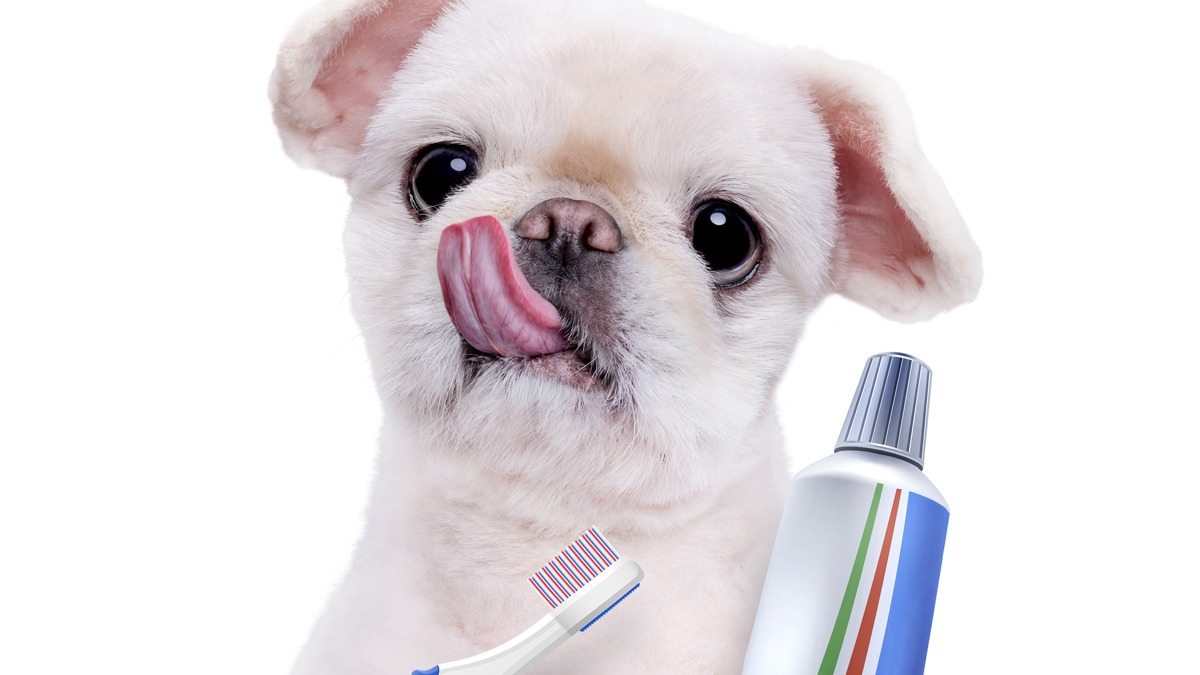If our pets could talk, imagine the things they might say: how they enjoyed the walk this morning; a tale about the squirrel they saw outside the window; a request to hit the beach sometime soon. What they might also tell you is that their mouth hurts. Just like humans, dogs and cats can develop periodontal disease, infections and even gingivitis, though visual cues to their owners can be hidden beneath the gums.
Proper and timely dental care for your pets is a way to extend their lives and quality of life.
“Our pets do not show oral pain. Dental pain and oral infections go undetected in our pets more often than not,” explained Sharon Startup, DVM, DAVDC, of Mount Pleasant’s Veterinary Specialty Care. “Periodontal disease is painful and can be a huge source of infection.”
She recommended an annual complete oral assessment for your pet, including full mouth dental radiographs, periodontal probing and dental charting, as well as regular supra and subgingival scaling – just like for humans. The process, though, is more complicated than a quick scrub of the teeth and a peek in the mouth as your pet inevitably attempts to wriggle away.
“General anesthesia is always needed when performing a comprehensive oral health assessment and treatment, and actually the American Veterinary Medical Association has come out strongly against ‘anesthesia-free’ dental cleanings,” added Dr. Michelle Mayers, a veterinarian with Hillcrest Animal Hospital in Simpsonville. “A veterinarian must need a patient to be under general anesthesia to acquire dental radiographs – a must because most dental disease is below the gum line and not visible – as well as periodontal probing and charting.”
Though a bark or meow won’t translate to the words “my teeth hurt,” there are several red flags that indicate that your pet needs oral care. Bad breath, decreased appetite, difficulty chewing food, drooling or dropping chew toys are some warning signs.
Oral disease in pets comes in many forms. Periodontal disease is the most common, but oral cancer, fractured or missing teeth, root exposure and traumatic orthodontic issues are common as well.
“Ideally, you should brush your pet’s teeth once a day. Brushing is the best form of home care – plaque attaches to the teeth within hours after a cleaning,” encouraged Dr. Startup.
“The pinnacle preventive is brushing with enzymatic toothpaste – it comes in poultry flavor!” explained Dr. Mayers. “This toothpaste does not foam like our toothpaste. You just need to get it on the tooth and it works via enzyme action.”
Contrastingly, scraping tartar from a pet’s teeth, she warned, can do more harm than good because it can expose a fracture or root or can create a micro-scratch on the enamel.
Though the thought of trying to get your pet to co-operate daily for a good tooth brushing – poultry flavor and all – may seem daunting to many, there are plenty of options on the market to make oral health for your pets a bit easier to maintain, as opposed to abandoning the practice completely.
“The Veterinary Oral Health Council has made a list of accepted products to use for dental care for pets. Look for the VOHC symbol on the products you choose. For owners who cannot brush their pets’ teeth, other alternatives such as water additives, powders and treats are available as well,” said Dr. Mayers.
While there’s no easy way for a pet to communicate a dental issue before it develops enough to produce warning signs, annual exams and regular oral maintenance can keep your four-legged-friends smiling healthy, toothy grins and can ultimately improve their quality of life and even life span.
By Anne Shuler Toole
